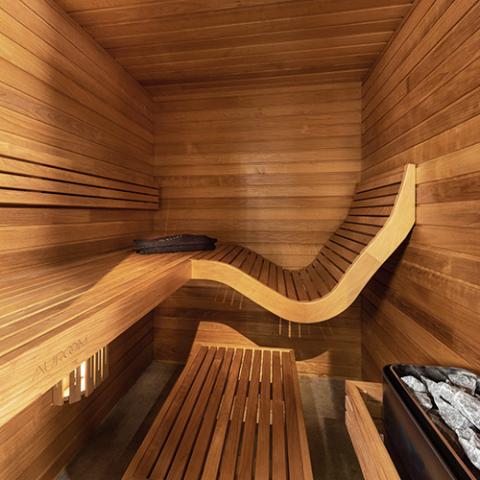Traditional Sauna for Beginners
Traditional Sauna for Beginners
Blog Article
The Definitive Guide to Traditional Sauna
Table of ContentsThe Basic Principles Of Traditional Sauna The Of Traditional SaunaExcitement About Traditional SaunaNot known Facts About Traditional SaunaGetting My Traditional Sauna To Work
Many of the weight lost in a sauna is water loss and is re-gained upon rehydrating. Nonetheless, certainly sauna can be a vital part of a healthy weight-loss program. To take a look at the distinctions in between standard and IR saunas, I will separate these right into verifiable, theoretical, and produced differences.Therefore, the hottest point in the saunawhich is at the ceiling straight above the sauna heateris commonly in between 185 and 190 F. Claims that a typical sauna goes beyond 200 F is merely not real and not suitable for electric saunas offered in the United States. The temperature for a far-infrared sauna is normally set between 120 and 140 F; however, unlike the typical sauna, the goal in and IR room is not to accomplish a heat.
As a result of this, the temperature difference is practically unimportant, given that extreme sweating leads to both sauna types, yet the technique of warming the body is different. In an IR sauna the bather will really feel hot and will sweat a lot, yet at a lot lower temperatures (Traditional Sauna). Therefore, if the objective is to invest longer periods of time in the sauna, the IR sauna is a good selection
When a typical sauna has actually been effectively heated, the sauna walls are warm, the air temperature level has actually achieved established temperature and the rocks are incredibly warmed. As an interesting side note, the heated walls and the rocks are giving off far-infrared warmth, integrated with the heated air, to develop an "covering warm".
How Traditional Sauna can Save You Time, Stress, and Money.

When the high temperature level is achieved, the elements cycle on and off to maintain the heat. Most conventional sauna individuals delight in putting water over the rocks to develop heavy steam to elevate sauna moisture levels. The advantages of putting water over the rocks include: making the area more comfy, dampening the nasal flows, and allowing the usage of aromatherapy by blending necessary oils with the water.

When the energy goes into the body, it causes the body temperature to raise and eventually results in sweating. In an infrared sauna it is essential for the emitters/heaters to stay on practically frequently. Given that there is no mass of rocks to maintain heat, the sauna hop over to these guys will cool if the emitters turned off.
As discussed above, the sauna bather in an infrared room wants to position himself in front of operating emitters to obtain optimal gain from the warmth. The heating time for both areas can be very various, depending on just how the rooms are made use of. For a typical sauna, a bather should enable 30-40 minutes for the room to achieve a desired temperature level and to correctly pre-heat the rocks.
Some Known Factual Statements About Traditional Sauna
A well created sauna will typically achieve a temperature level of 150-160 F in concerning 30-40 minutes. For hotter temperature levels, the area might need to warmth for a longer duration.

Conventional saunas have a tendency to be bigger (thus use even more electricity) than infrared saunas, although typical blog here saunas are definitely offered in one and 2 individual dimensions. For a here are the findings two-person conventional sauna, 5x6 or 5x7 size is most popular. The leading bench can pleasantly seat 2 or three individuals and is likewise enough time to relax throughout the sauna session.
5 Easy Facts About Traditional Sauna Shown
The ordinary cost per kWH of electrical energy in the U.S. is roughly $0.11, so a 4.5 kW heating unit will certainly set you back approximately $.50 to compete one hour, if the heater runs continuously for one hour. Commonly a sauna heating unit will run for 75% of the very first hour and 50% of subsequent hours on because the aspects cycle once the set temperature is accomplished.

Ultimately, there is a hardly ever gone over distinction in the social experience in between the 2 rooms. While our society has actually shed several of the social benefit of the conventional sauna experience, it can be extremely socially fulfilling (Traditional Sauna). From family time in the sauna, to heart-felt discussions with loved ones, to sauna partiesthe traditional sauna experience can bring about intimate mingling
Getting My Traditional Sauna To Work
Most greater end infrared rooms consist of colored light therapy, audio systems and full-glass fronts.
Report this page